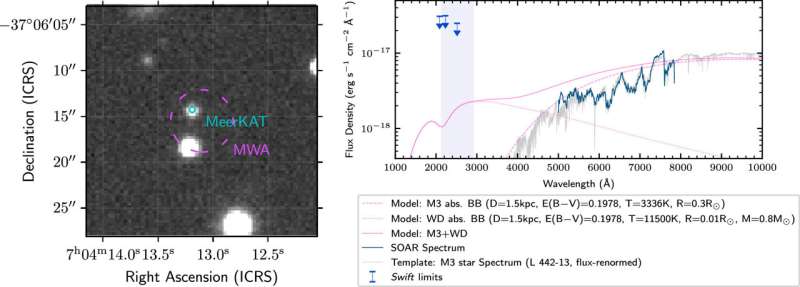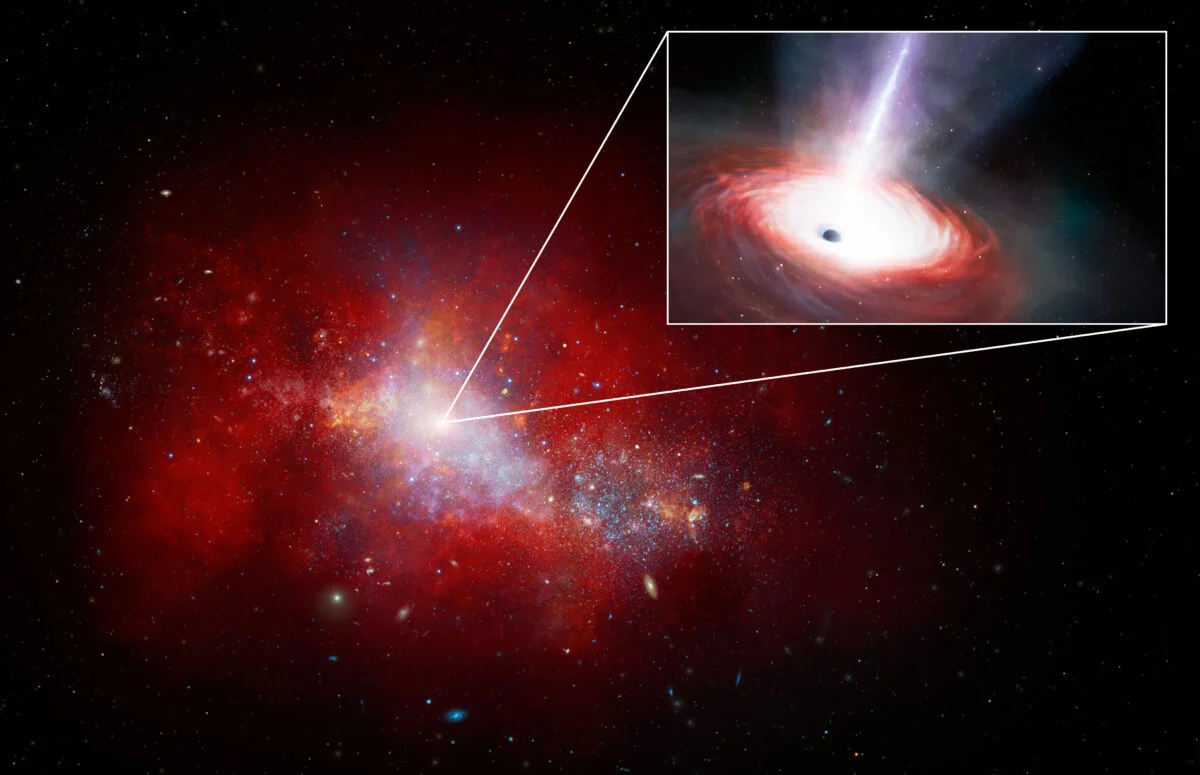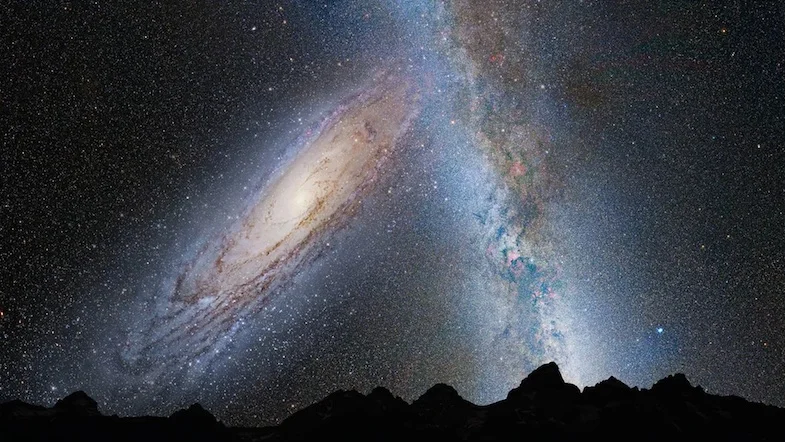
Astronomers Uncover Potential Explanation for the Longest-Period Radio Transient Ever Detected
- Research
- June 8, 2024
- 1118
Astronomers at the Curtin University node of the International Center for Radio Astronomy Research (ICRAR) have made a groundbreaking discovery, identifying the longest-period radio transient ever observed. This rare astrophysical event, described in The Astrophysical Journal Letters, could also provide critical insights into the nature of long-period radio transients.
A Record-Breaking Find
Associate Professor Natasha Hurley-Walker and former undergraduate student Csanád Horváth discovered the phenomenon while analyzing archival low-frequency data from the Murchison Widefield Array (MWA), a precursor telescope to the Square Kilometer Array Observatory (SKAO). The transient, named GLEAM-X J0704-37, emits a bright pulse of energy every three hours, lasting between 30 and 60 seconds. This discovery marks the longest period for any known radio transient.
Solving a Cosmic Mystery
Long-period radio transients are a relatively new area of astrophysics, and their origins have remained elusive. Most previously observed transients have been located deep within the densely packed regions of the Milky Way, complicating efforts to pinpoint their sources.
However, GLEAM-X J0704-37 was found in the Puppis constellation, on the outskirts of our galaxy, approximately 5,000 light-years away. This relatively sparse region provided astronomers with a clearer view of the phenomenon.
“Our discovery lies far off the Galactic Plane, where fewer stars obscure our view,” explained Associate Professor Hurley-Walker. “This allowed us to identify a specific star system responsible for the radio waves.”
Pinpointing the Source
Using the MeerKAT telescope in South Africa, the team precisely located the radio emission. Observations from the SOAR Observatory in Chile revealed the culprit: a low-mass M dwarf star. M dwarfs, which make up 70% of the Milky Way’s stars, are small, dim stars often invisible to the naked eye. However, an M dwarf alone could not account for the immense energy observed.
The data suggest the M dwarf is part of a binary system with a white dwarf, the remnants of a dying star. Together, these stars are likely powering the radio emission.
A Decade-Long Mystery
Further investigation revealed that GLEAM-X J0704-37 has been active for at least 10 years, based on MWA archival data. It may have been emitting pulses for much longer, suggesting other undiscovered transients could be hidden in astronomical data archives worldwide.
“The MWA’s extensive archive is a treasure trove for discoveries,” said MWA Director Professor Steven Tingay. “With 55 petabytes of data, it provides a decade-long record of our universe—a vast playground for astronomers to uncover new phenomena.”
Implications and Future Research
The discovery of GLEAM-X J0704-37 has opened new doors in understanding long-period radio transients. However, it also raises questions about the mechanisms behind such events.
“We’re conducting follow-up observations to fully characterize this system,” said Hurley-Walker. “Understanding how the M dwarf and white dwarf interact will shed light on the origins of these extraordinary emissions.”
As astronomers continue to explore archival data, more of these enigmatic phenomena may come to light, offering further insights into the dynamic and mysterious processes shaping the universe.



